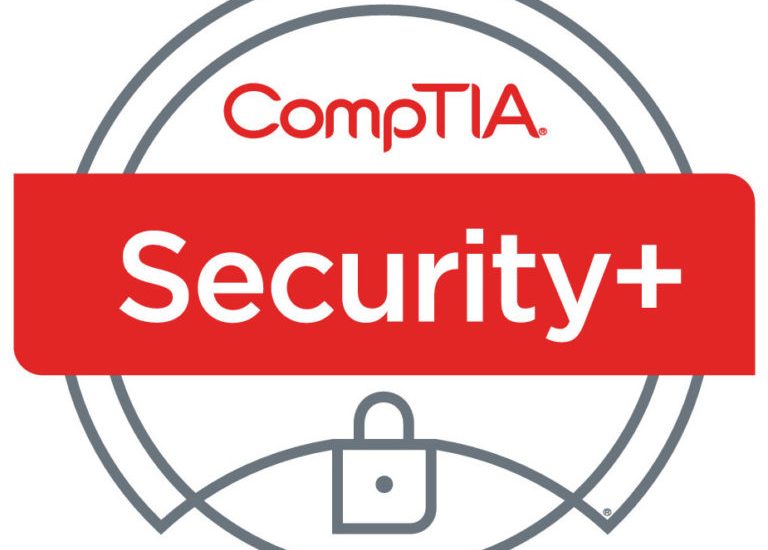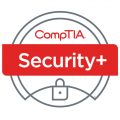- September 14, 2023
- Posted by: team SOUTECH
- Category: Blog, Cyber-security and Ethical Hacking Training, Ethical Hacking and Kali Linux Free Training, Security

Identity and Access Management (IAM) is a crucial aspect of cybersecurity, and it plays a significant role in the CompTIA Security+ certification. In this article, we will explore IAM concepts and its importance in maintaining a secure digital environment.
Understanding Identity and Access Management: IAM is the practice of managing digital identities (users, devices, and applications) and controlling their access to resources. CompTIA Security+ candidates will delve into IAM fundamentals.
Authentication Methods: CompTIA Security+ covers various authentication methods, including passwords, multi-factor authentication (MFA), biometrics, and smart cards. Candidates will learn how these methods work and their strengths and weaknesses.
Single Sign-On (SSO): SSO allows users to access multiple applications with a single set of credentials. The certification explores SSO implementation and its benefits in enhancing user experience and security.
Access Control Models: Candidates will explore access control models like discretionary access control (DAC), mandatory access control (MAC), and role-based access control (RBAC) and their application in securing resources.
User Provisioning and De-Provisioning: Proper user provisioning and de-provisioning processes are essential for managing access. CompTIA Security+ covers the lifecycle of user accounts, including onboarding and offboarding procedures.
Access Reviews and Auditing: Regular access reviews and auditing are critical for identifying and addressing access-related risks. Candidates will learn about access review processes and auditing best practices.
Federated Identity: Federated identity allows users to access resources across different organizations. The certification covers federated identity concepts and the use of security tokens.
IAM Best Practices: Following IAM best practices is crucial for maintaining a secure environment. Candidates will explore best practices for user authentication, access control, and IAM governance.
Identity Theft and Fraud Prevention: Identity theft and fraud are common threats. CompTIA Security+ candidates will learn about techniques and strategies for preventing identity theft and fraud.
IAM Challenges in the Modern World: In today’s digital landscape, IAM faces unique challenges, such as managing remote access and securing cloud-based resources. The certification addresses these challenges.
Conclusion: IAM is a critical component of cybersecurity, and a solid understanding of IAM principles is essential for CompTIA Security+ certification candidates. IAM practices ensure that the right individuals have the right access to resources while maintaining security.



